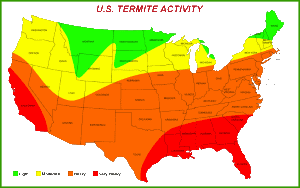Greetings,
I work on a fair amount of projects that require wood shoring boxes for pipe trenches, or removal of contaminated soil. I typically specify eastern white pine or him-fir for the 3x10 t&g sheathing and 8x8 wales/struts. Once it has served its purpose we backfill the pit/trench with excavatable flowable fill. Most of every project I've seen, read about, or designed, abandons the shoring leaving it in the ground.
How concerned should I, and every other engineer, contractor, and owner who does these shoring boxes be about degradation of the lumber leading to voids in the soil creating settlement overtime?
Thanks
I work on a fair amount of projects that require wood shoring boxes for pipe trenches, or removal of contaminated soil. I typically specify eastern white pine or him-fir for the 3x10 t&g sheathing and 8x8 wales/struts. Once it has served its purpose we backfill the pit/trench with excavatable flowable fill. Most of every project I've seen, read about, or designed, abandons the shoring leaving it in the ground.
How concerned should I, and every other engineer, contractor, and owner who does these shoring boxes be about degradation of the lumber leading to voids in the soil creating settlement overtime?
Thanks


![[idea] [idea] [idea]](/data/assets/smilies/idea.gif)